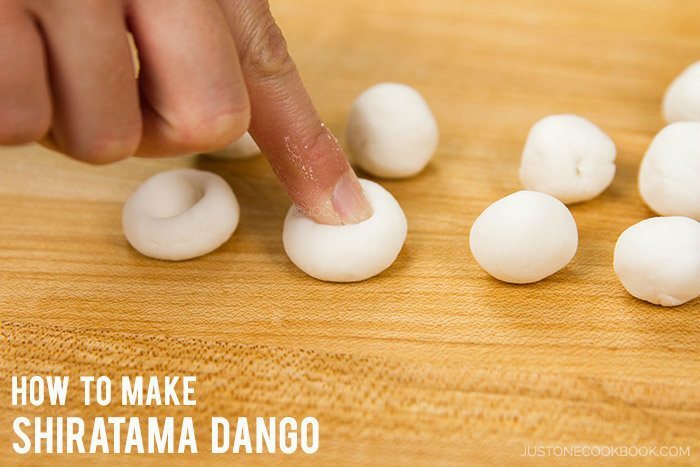
Second thing is the attitude. As for the attitude it must be positive, not annoying and most important one step ahead of the client. Three main principles are keep smiling, pay attention and offer the client what he might need before he or she asks. The last principle is very important, for example if the client has kids offer him or her a chair for kids right away. If you see an empty plate remove it before the client asks. This will surely add points to your image and eventually be reflected in your tip.
The most important thing know the menu! And not only names and prices, ingredients, taste, recommendations. Often the client just asks to recommend him something. So the more you know about the food the better you can offer it; in addition to this a waiter who is familiar with the menu leaves a good impression and is a better candidate for a good tip.
If the restaurant happens to have some interesting history also know it and know how to present these facts. Any order means possible issue, so if something happened try to find a most suitable solution. Usually it means contacting the manager and looking for a solution (in form of a free drink or something else). In any case youll need to make sure that the client sees that you care about the situation.
Otherwise he or she will not be too generous. Make sure that you dont go empty handed, you have a lot of running so be effective. If you come back from delivering food, grab some empty plates from another table. The more work you do on the go the better. A really helpful hint is about handling a group of customers.
The problem is to remember who ordered what and in this case you can write down the orders clockwise and then serve drinks and food by placing them on the plate in the same order. A simple trick but it will make life much easier! Anyway with all this info in your head you will be definitely the best one on your shift and therefore you will be able to get the highest tips and maybe even a raise. Armed with these tips you will in no time find a job in horeca vacatures! And as soon as you will start using it you will go up and not only get financial benefit but also will be able to have time for education or career.
The large pot is for food preparation prior to canning, and its shape is not important as long as the pot is large enough. I consider 2 gallons an absolute minimum size for this item. The cover is optional but worth having because it greatly speeds boiling and cooking. The flat-bottomed pot is used for processing the canned food and — to accommodate the greatest number of jars or cans — should be as large as possible. A cover is essential for this container since canned food must be covered during processing.
A food mill is essentially a pot with hundreds of holes punched in its bottom. A crank handle with a screw-type paddle attached rises vertically from the center of the pot. Foods that are soft or have been cooked mushy can be placed in the mill and forced through the holes in its bottom by turning the handle in the proper direction.
In this manner, fruit and vegetable pulp can be separated from seeds and skins without peeling, paring, coring, or pitting. Many hours can be saved by processing cooked apples, pears, cherries, grapes, potatoes, summer squash, sweet potatoes, yams, and pumpkins with this ingenious device. Countless long and heated arguments have raged over the containers used for home canning and the two most popular at present are tin cans and glass jars. Tin cans commonly used are Nos.
2, 303, 4, 6, and 10, containing 1, 5, 2, 4, 6, and 16 cups respectively. Plain tinned cans are quite adequate for most foods but, for others, you'll need a crimper with which to remove the remains of the previous can top, flare the edge of the can and seal on a new top. Common sizes for glass jars are pint, quart, 1/2-gallon and gallon, and the standard mouth size is 2/12; inches.
Tags:
How Make Food
